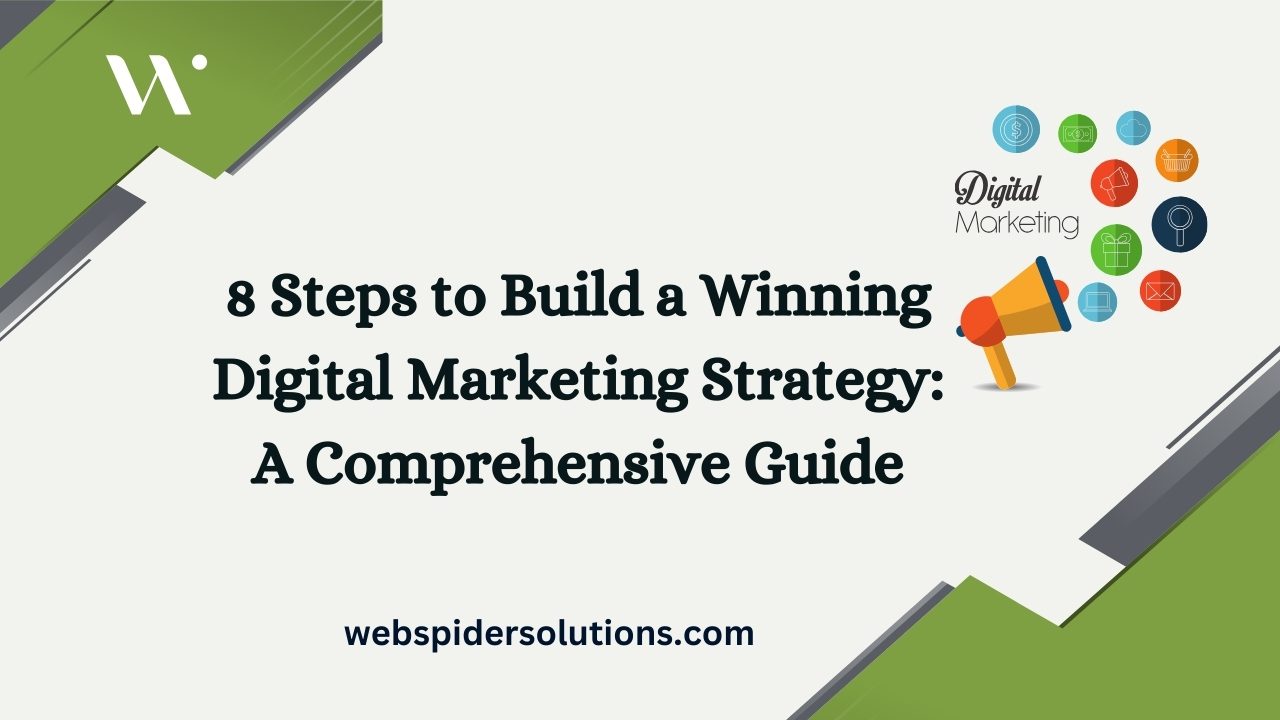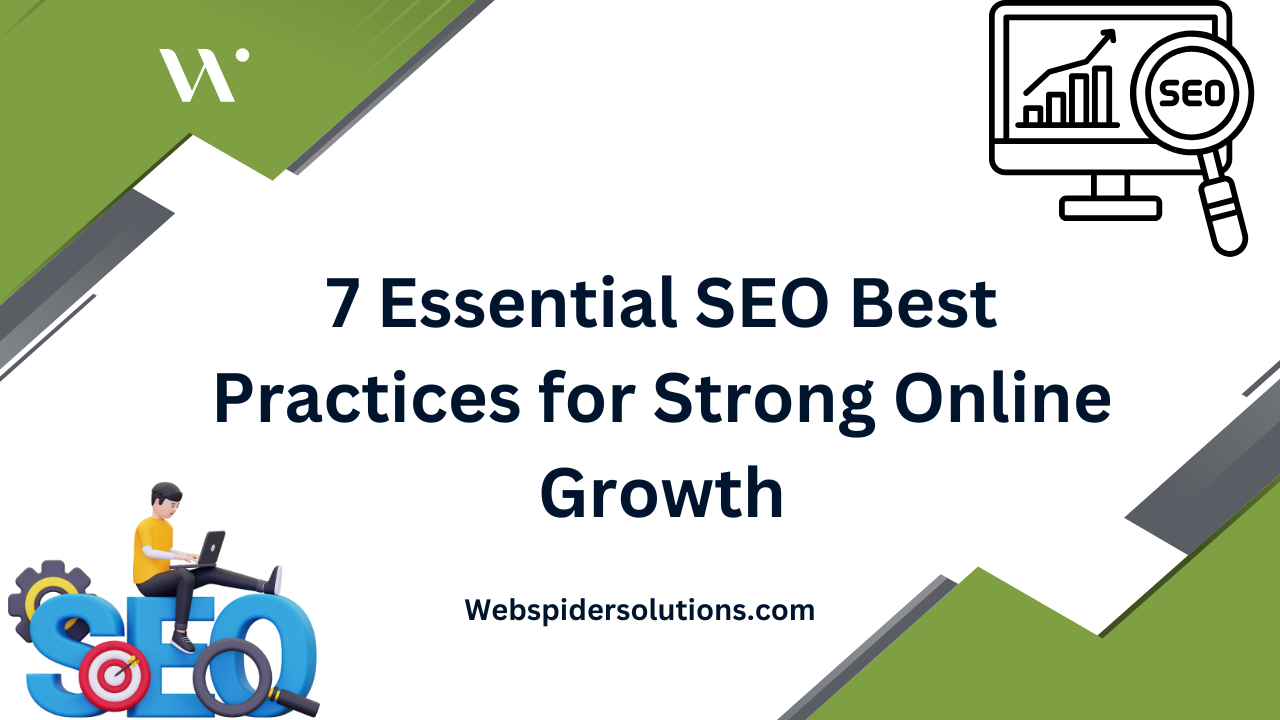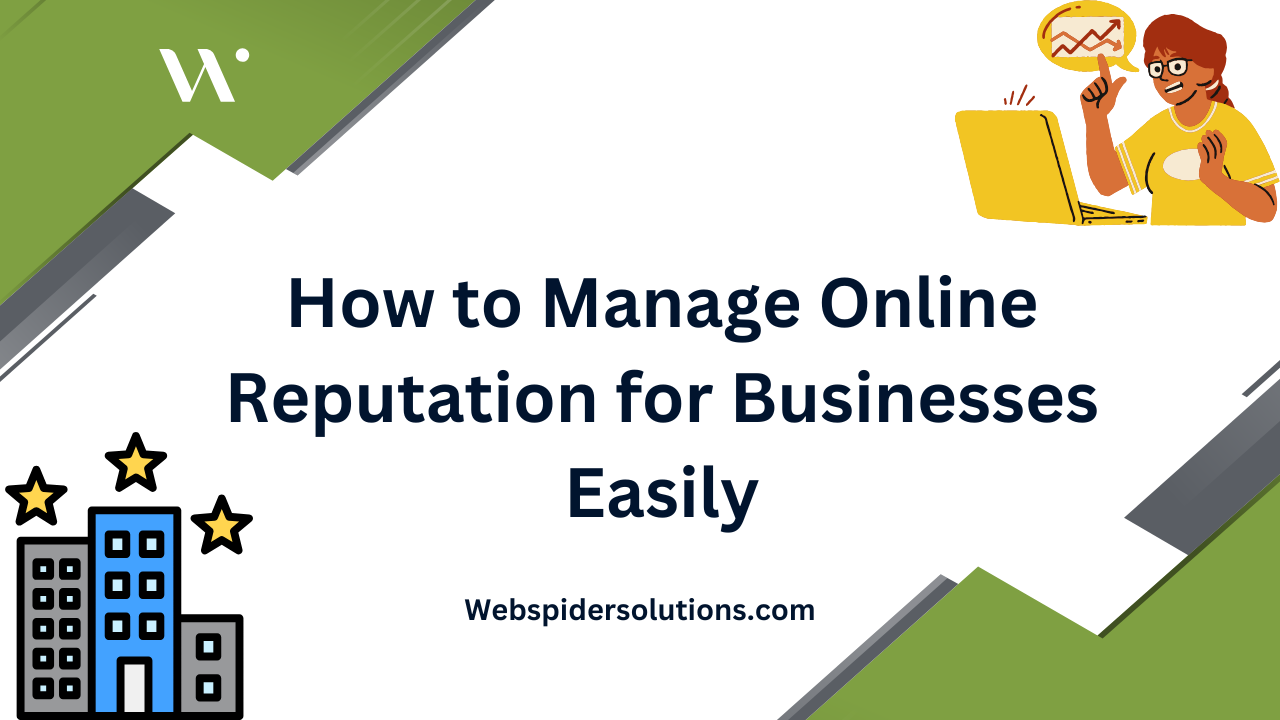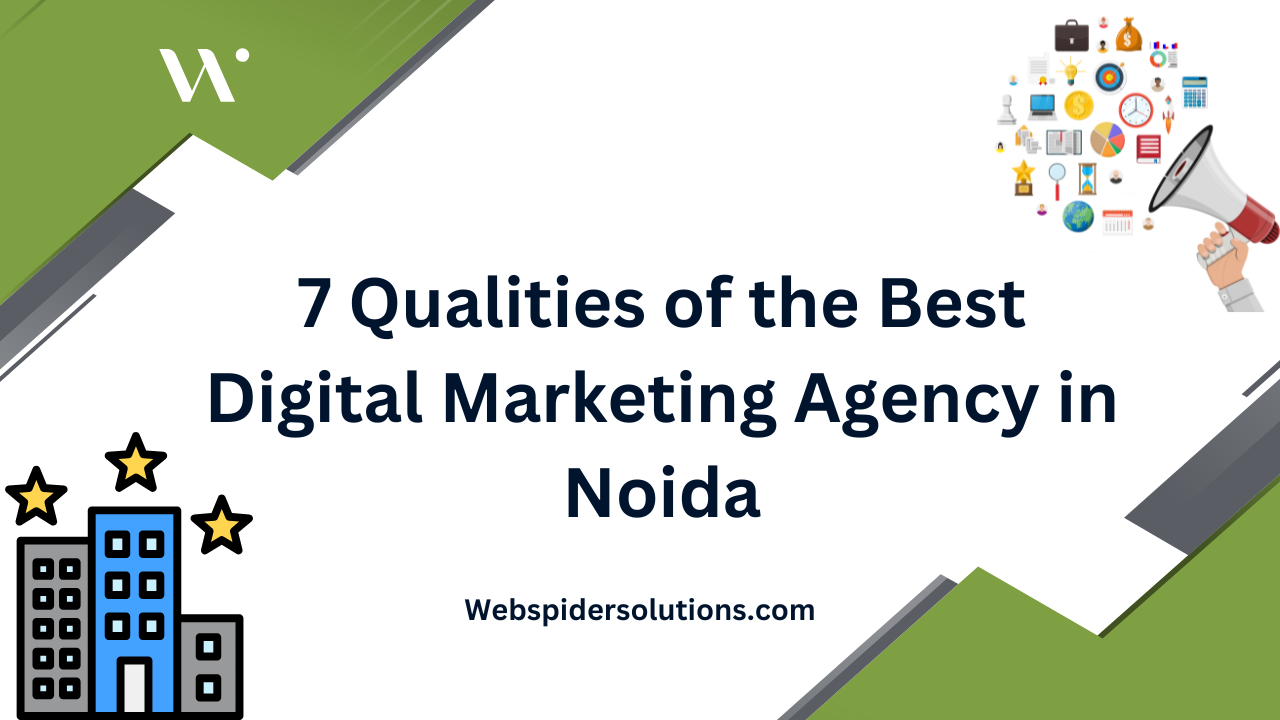A strong presence online is crucial for achieving success in the contemporary digital market. Creating a successful digital marketing strategy is now vital rather than optional given the multitude of consumers online. But where do you begin? Developing a well-organized digital marketing plan can enable you to connect with your audience, improve your visibility, and stimulate your company’s growth. This guide will lead you through eight important steps in creating a prosperous digital marketing strategy.
1. Set Clear, Measurable Goals
A solid digital marketing strategy must be founded on obvious and measurable goals. No matter your goals be they to amplify website traffic, acquire leads, or boost sales those intentions ought to be both specific and realistic.
As opposed to determining a vague purpose such as “increase traffic,” it is more advantageous to set a clear aim such as “boost website traffic by 20% over the coming three months.” Convert substantial goals into more manageable, practical milestones. The use of monitoring tools like Google Analytics can aid in keeping you aligned with your goals. Reassess your strategy as appropriate, keeping your goals in sync with your business objectives.
2. Know Your Target Audience
Recognizing your target audience is necessary to personalize your digital marketing efforts. Who are you trying to reach? What do their interests involve, what are their demographics, and how do they surf the web? Being aware of these aspects means you can develop campaigns that resonate.
When your desired audience is composed of fitness enthusiasts aged 25-35, it is helpful to focus on content that speaks to their interests this could include tips for workouts, diet guidance, and recommendations for fitness equipment. Being conscious of your intended audience will assist you in forming your content, social media strategies, and advertising initiatives.
3. Choose the Right Marketing Channels
Defining your target audience is the first step, and then you must choose the most fitting marketing channels to interact with them. Study the online settings where your audience tend to be most active and the preferred platforms they use.
Social Media: Instagram, Facebook, and LinkedIn are wonderful resources for creating brand awareness and involving different audience groups.
Search Engine Optimization (SEO): To boost how your website ranks in Google results, executing an efficient SEO strategy can attract more organic traffic.
Email Marketing: Growing your relationships with the audience can be accomplished by giving them custom content, advertising deals, and inbox updates.
Content Marketing: In order to achieve this, you need to author blog posts, create videos, and make infographics that deliver beneficial content to your audience while gently endorsing your brand.
Paid Advertising: Marketers can accomplish quick results by using social media advertising and pay-per-click campaigns that target certain audiences aligned with their interests, behavior, and demographic elements.
Choosing a blend of these channels guarantees that your digital marketing approach is both detailed and calibrated for your audience.
4. Create High-Quality, Engaging Content
Core to every winning digital marketing strategy is content of the highest quality. This is what really attracts customers and keeps them actively involved. The material you produce should be appreciated, full of information, and impactful on the intended audience.
If your audience is curious about fitness, you may choose to write blog posts regarding effective exercise routines, produce videos demonstrating exercise techniques, and make infographics about healthy eating. Relevant content that meets audience needs can lead to an increase in participation and trust.
5. Optimize for Search Engines (SEO)
In any digital marketing approach, SEO is an essential addition. Putting your website in a superior position in search engine results makes it simpler for clients to locate you. Here are key SEO practices to implement:
Keyword Research: For the demographic you are attempting to reach, choose keywords that are commonly utilized.
On-Page SEO: Improve headers, meta descriptions, and image alt texts to benefit from the right keywords.
Technical SEO: In order to improve user experience and your ranking, you should be solely focused on improving your website’s speed, mobile friendliness, and security.
Link Building: To enhance domain authority and exposure within search engines, links obtained from reliable sources are recommended.
By implementing SEO effectively, you can substantially raise organic traffic to your website, allowing your business to set itself apart as a prominent member of its respective market.
6. Leverage Social Media Marketing
Social media has progressed into a principal approach whereby businesses can interact with their audience and build brand recognition while boosting traffic. To reach your audience effectively, you must create a solid presence on key social media websites such as Instagram, Facebook, and LinkedIn.
A vital aspect of social media success revolves around consistency. Post content of value and interest on a regular basis and nurture your connection with your followers by engaging with their comments, answering their inquiries, and stimulating user-generated content.
Rethink paying for ads on social platforms to reach certain subsections of the audience. Use your social media analytics insights to enhance your strategy, making sure it aligns with the greater objectives of your digital marketing.
7. Measure and Analyze Your Performance
A putting together of a successful digital marketing strategy relies on data analytics. Regularly watch important performance indicators (KPIs) like website traffic, social media engagement, and conversion rates in order to evaluate the impact of your campaigns. Employ analytics platforms such as Google Analytics, insights from social media, and reports on email marketing to obtain this data.
Through a review of performance data, you can distinguish which strategies are succeeding and which need enhancement. To illustrate, if your social media involvement is minimal, you may need to refine your content approach. Similar to this, if specific keywords bring more traffic to your website, it is recommended to center your SEO focus on those.
8. Adapt and Evolve
Adaptability is critical for being successful in the fluctuating landscape of digital marketing. Due to the fast development in technology, a tight link with business trends, and alterations in viewer activities, a high level of adaptability is crucial. Ensure you are informed about the current trends seen in the field, and be primed to implement novel ideas.
If the world of short-form videos is increasingly prominent, it can be smart to create content for the platforms TikTok and Instagram Reels. It is critical to consistently evaluate your marketing strategies in order to lead ahead of your competition and also to build a connection with your viewers.
Conclusion
A well-crafted digital marketing strategy can improve your business visibility in the current competitive online environment. By applying these eight steps setting defined objectives, knowing your target audience, picking the appropriate channels, crafting interesting content, optimizing for search engine optimization, utilizing social media, monitoring performance, and being flexible to modifications you can establish a strategy that will yield growth and successful outcomes.
Should you feel confused as to how to get started or require specialist aid, it would be useful to contact a digital marketing firm to help your business thrive.











